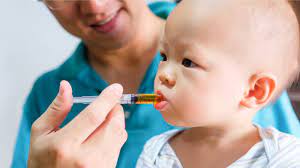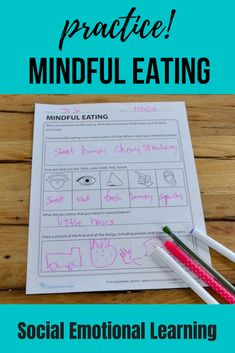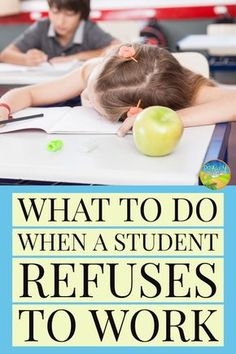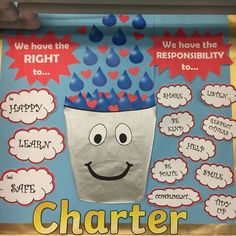In today’s fast-paced world, finding the time to relax and rejuvenate oneself is more important than ever. With stress becoming an increasingly prevalent issue in our lives, it is crucial to have coping mechanisms to help maintain a healthy state of mind and body. Here are ten revitalizing relaxation activities to help you restore balance and recharge.
1. Meditation
Meditation is a powerful tool to calm the mind and alleviate stress. Spending just a few minutes every day practicing mindfulness can have lasting positive effects on your mental health. Try guided meditation apps or YouTube videos for beginners.
2. Yoga
Yoga combines physical movement, breath control, and mindfulness, providing an excellent way to unwind and relieve tension from both the body and mind. There are various styles available, so explore them to discover which one best suits your needs.
3. Aromatherapy
Aromatherapy uses natural plant extracts and essential oils to promote relaxation and well-being. Experiment with scents like lavender, chamomile, or citrus to discover the ones that resonate with you the most.
4. Massage
A massage can provide profound physical and mental relaxation by working out knots and tension in muscles. Consider booking a professional session or asking a loved one for a gentle massage at home.
5. Mindful Walking
Take a leisurely stroll in nature or around your neighborhood, paying attention to your breath and surroundings as you walk. This mindful exercise helps you become present in the moment while letting go of daily stressors.
6. Deep Breathing
Deep breathing exercises can slow down your heart rate and promote relaxation quickly. Take slow, deep breaths in through your nose and exhale through your mouth, focusing on fully expanding your diaphragm with each inhale.
7. Progressive Muscle Relaxation
Progressive muscle relaxation involves tensing and relaxing various muscle groups in your body, promoting overall relaxation. Starting from your toes and working upwards, focus on one muscle group at a time, tensing and releasing the tension.
8. Soothing Music
Listening to calming music or ambient sounds can create a serene atmosphere that fosters relaxation. Seek out playlists and tracks specifically designed for stress relief, meditation, or yoga routines.
9. Art Therapy
Drawing, painting, or engaging in other creative activities can help relieve mental stress and provide an outlet for expressing emotions. You don’t have to be an artist to enjoy the therapeutic benefits; try adult coloring books or free-form sketching.
10. Laughter
Laughter truly is the best medicine when it comes to reducing stress. Spend time with friends who make you laugh, watch a comedy movie or show, or attend a laughter yoga class to experience the stress-relieving benefits of laughter.
Incorporating any of these relaxation techniques into your daily routine will foster a more balanced lifestyle and ultimately lead to increased happiness and mental well-being. Remember to be patient with yourself as you learn new practices and understand that consistency is key to experiencing the full benefits of relaxation activities.











